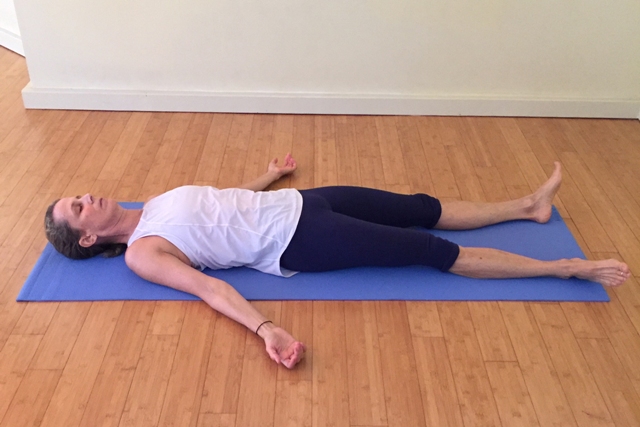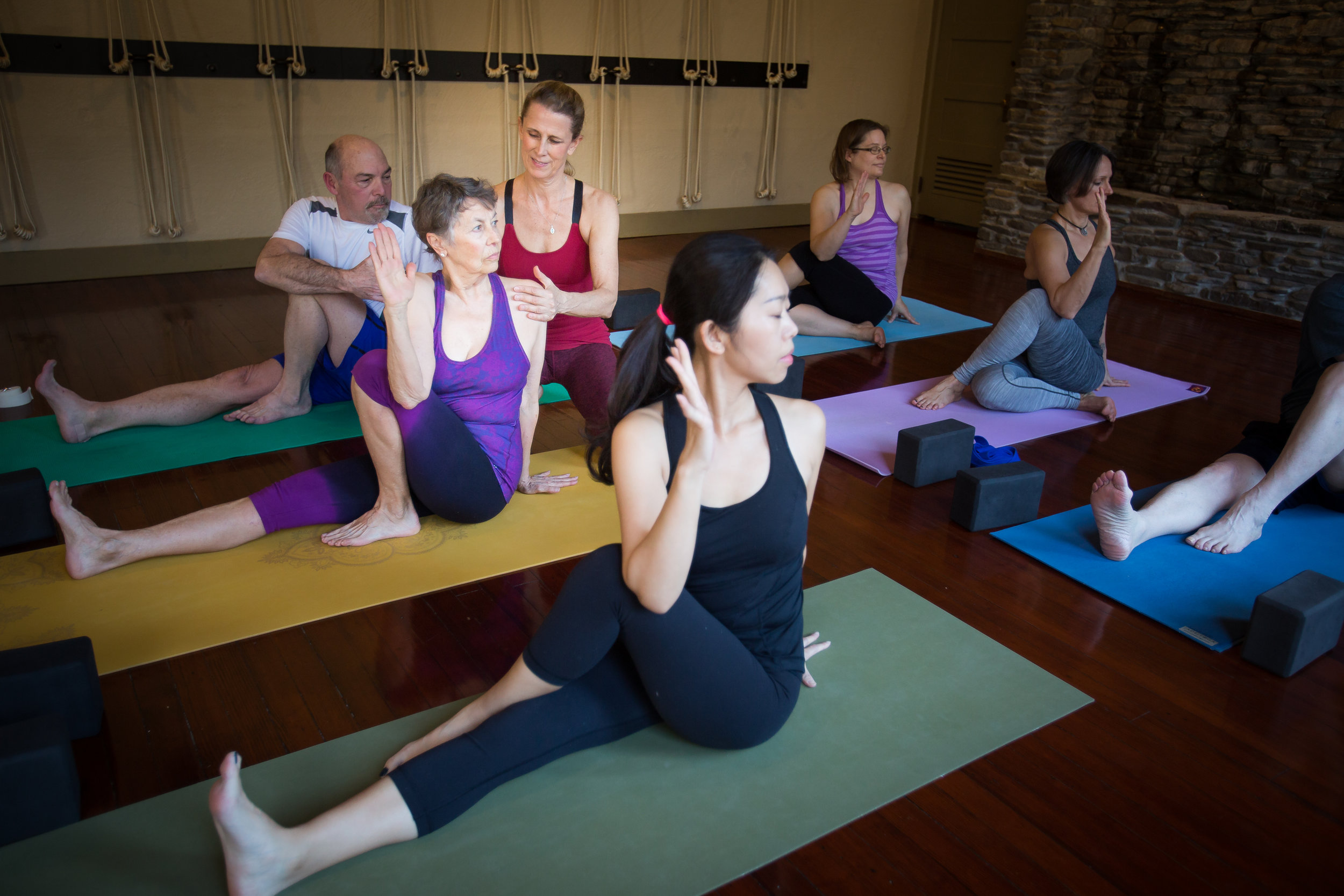What do you want to do or be when you grow up? It is a question my 18 year old hears often. He says he feels the stress of trying to decide his major. But, as adults, do we ever hear that? Or think about that? In my parent’s generation you worked for one company and retired with a good pension, but that doesn’t happen anymore. Most adults have a couple of career changes. How many of us are still doing what we went to college for? Can we reinvent ourselves? And if so, what is it that we want to do? We can bump along in our jobs and keep doing the same thing, one year blending into the next. Or, can we steer our ship and create different adventures?
This is where a personal vision statement comes in. I am often inspired by Oprah Winfrey. I remember reading somewhere about how the poem “Invictus” by William Ernest Henley inspired her:
Out of the night that covers me,
Black as the pit from pole to pole
I thank whatever gods may be
For my unconquerable soul.
In the fell clutch of circumstance
I have not winced nor cried aloud.
Under the bludgeonings of chance
My head is bloody, but unbowed.
Beyond this place of wrath and tears
Looms but the Horror of the shade,
And yet the menace of the years
Finds and shall find me unafraid.
It matters not how strait the gate,
How charged with punishments the scroll,
I am the master of my fate,
I am the captain of my soul.
To become the master of your fate and the captain of your soul takes vision, planning and chutzpah!
First step: Personal Research
Your personal vision statement captures what you want to be, do, feel, think, associate with, and have an impact on by some date in the future. It is closely aligned with your most important, or core, values. Use the value identification exercise to guide you through this process. Think about your personal vision statement as a personal development strategy.
It's good to create or revise the "personal vision" you have for your life periodically. Your goals and values will change as you change and age. What motivated you at twenty will probably be different from what motivates you at 60. A compelling vision can help you succeed and be more satisfied with your life.
Importance of Having a Personal Vision
Numerous experts on leadership and personal development emphasize how vital it is for you to craft your own personal vision for your life. Warren Bennis, Stephen Covey, Peter Senge, and others point out that a powerful vision can help you succeed far beyond where you'd be without one. That vision can propel you and inspire those around you to reach their own dreams. I've learned in my own life and in working as a psychologist that if you don't identify your vision, others will plan and direct your life for you. I've worked with too many individuals who late in their lives said, "If only. . . ." You don't have to be one of them.
Senge defines vision as what you want to create of yourself and the world around you. What does your vision include? Making a vital change in an area such as health, technology, or the environment? Raising happy, well-adjusted children? Writing a book? Owning your own business? Living on a beach? Being very fit and healthy? Visiting every continent? Helping others with their spiritual development? What are you good at? What do you love to do? What aren't you good at now, but you'd like to be? All of these important questions are part of identifying your personal vision.
Use the following Value Identification Exercises to think through and start to craft your personal vision. It's adapted from many sources and should prompt you to think and dream. Find a place without distractions such as a quiet table at a restaurant. Answer as many of the questions as possible, and discuss your responses with someone you trust.
First Step - Value Identification Exercises
What are the things I really enjoy doing?
What brings me happiness and joy?
What were your two best moments of the past week? Why?
How can I incorporate more of that into my life?
Three things I would do if I won the Lottery:
Issues or causes I feel deeply about?
Circle your most important values:
Having integrity
Spirituality
Being fit and healthy
Having a nice home and belongings
Leaving the world a better place
Having fun
Learning and improving myself
Making others' lives easier or more pleasant
Enjoying my family
Others? (Add your own)
Things I can do at the good or excellent level:
What I’d like to stop doing, or do as little as possible:
Did any of these questions trigger some ideas about what you'd like to be doing with your life? If so, keep thinking about the questions and your answers, and continue your personal research.
Identifying your strengths
It's now time to pull together your research and write a Personal Vision Statement. Your vision must be unique and appropriate for you, so I offer the following Personal Vision Statement only as an example:
I am more physically fit, almost finished with my formal education, actively involved in two close personal relationships, meditating regularly, having fun every day, and making at least 75% as much money as before doing work that I love.
Notice in this sample that the person included several areas of life (physical, intellectual, social, spiritual, emotional, and career). It's a picture of how the person sees himself/herself and is written in the present tense.
Use the following tool to synthesize what you've learned about yourself and to write your own statement.
Second Step – These are the main things that motivate me, bring me joy and satisfaction.
My greatest strengths, abilities, traits, things that I do best are:
At least two things that I can start doing, or do more often that use my strengths and bring me joy are:
Something that I need to work on or improve upon that would serve me:
Things that I need to let go of or delegate:
Third Step – Crafting Your Vision
There are a couple of rules to follow for writing your personal vision statement
Always state things in the present moment as if they are already true.
See yourself in that situation. What are you wearing/ What is your hair like? What is the geographical setting? What time of day is it? Who are you with? What does the air smell like. Engage all of your senses to make the scene as realistic and believable as possible.
Extrapolate outward. How does your doing your vision impact the world around you? How does it make the world a better place?
Dare to dream big. Experts in this field say that most people dream too small. Reach for the stars!
What to do with your Vision Statement
Seal you Vision Statement and put it somewhere where you will find it in December of 2017. I taped mine to the December page of my calendar. Open it on December 1st, of next year and read it! You may be astonished at everything that happened over the year. Some things may not have happened, but that is ok. Reflect on those things and see if they are what you really wanted, or you just thought you wanted, or thought you “should” want. Then after some contemplation, start the process over again. Revise, rewrite and reimagine! Here’s to your best year, yet!














